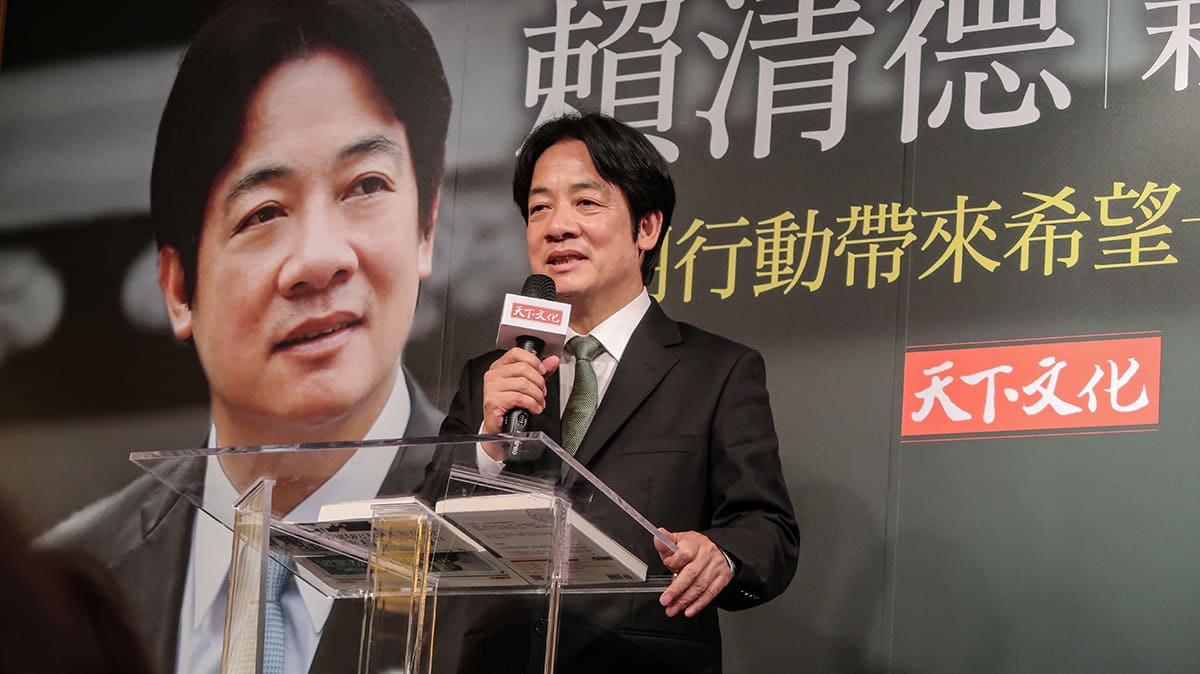January’s election of Lai Ching-te as Taiwan’s next president awarded a historic third consecutive term to the pro-sovereignty Democratic Progressive Prty (DPP), pleasing his supporters but angering Beijing and heightening tensions across the Taiwan Strait.
While Lai proclaimed the election a victory for Taiwan’s democracy, in his New Year’s address, Chinese President Xi Jinping reiterated his consistent message that reunification of the island and the mainland is “inevitable.”
Taiwan will be a top potential conflict hotspot in 2024, advises Everstream Analytics, a supply chain risk analytics firm. Since August 2022, incursions by Chinese military aircraft across the median line of Taiwan’s Air Defence Identification Zone have increased vastly, exceeding 500 over that period. By comparison, from September 2020 to August 2022, military aircraft only crossed the median line 23 times.
Whether cyberattacks, a naval blockade, military drills, or a full-scale invasion, any escalation in tensions would be devastating to global supply chains, according to Everstream. The Taiwan Strait is central to global maritime trade and Taiwan is a critical hub for the production of semiconductors, the brains behind modern electronic devices. Taiwan produces over 60% of the world’s semiconductors and over 90% of the most advanced ones, most of them manufactured by a single company, Taiwan Semiconductor Manufacturing Corporation.
Supply chain shortages during the Covid-19 pandemic brought home the perils, along with the dangers of over-dependence on Taiwan for this vital commodity, compelling many countries to reassess their semiconductor supply chain and strive toward self-reliance.
The prospect of a tech cold war with China increase the stakes in a global race to boost chip power that has already lead to the 2022 Chips and Science Act in the US and the European Chips Act in 2023.
According to Z2Data, 73 semiconductor fabrication plants are being built around the world: 23 expansions and 50 greenfield projects. Thirty-eight of the plants under construction are located in East and Southeast Asia—in China, Taiwan, South Korea, and Japan—and out of the 35 under way in the West, 27 are being built in the US. As it takes at least three years to build a plant, Taiwan’s trading partners will be watching closely how Lai handles tensions with his counterparts in Beijing, while looking carefully at their areas of dependency on Taiwanese suppliers.




